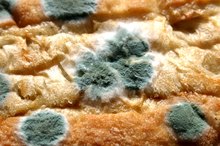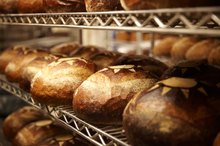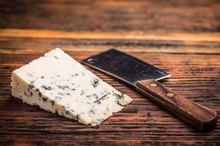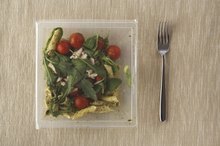Toddler Food Mold Ingestion Side Effects
Toddlers will put just about anything in their mouths, even moldy food. In the event this occurs, most likely the effects will be nonexistent or minimal. However, to be on the safe side observe the toddler for any signs of respiratory or digestive distress in the hours after exposure to mold.
If you are experiencing serious medical symptoms, seek emergency treatment immediately.
Features
Mold, a type of fungi, grows on food items. In many cases, the mold invades a large area around the actual visible mold. Mold usually appears as a dark colored, fuzzy spot on the food item.
Effects
What Happens if You Eat Mold Spores?
Learn More
Mold can cause respiratory problems when breathed in or an allergic reaction when consumed by toddlers. This reaction may mimic a stomach virus, causing fever, stomach pain and cramps, diarrhea and vomiting.
Considerations
Toddlers who eat mold may experience no after effects, mild effects or severe effects. Consult a physician if symptoms are severe or persistent.
Prevention
Safe Foods to Eat With a Mold Allergy
Learn More
Store perishable foods in the refrigerator with air-tight lids. Only allow toddlers to eat bread and cheese before their expiration dates.
Misconceptions
Soft food items such as bread and cheeses should be thrown out if any visible mold is on the surface. Some people may think that cutting off the moldy portion will suffice, but the mold may have already invaded the rest of the food item.
Related Articles
References
Writer Bio
Based in Laurel, Miss., Melody Morgan Hughes covers topics related to education, money and health. She has a Bachelor of Arts in English education from the University of Southern Mississippi, a Master of Education from William Carey University and a Master of Education from Nova Southeastern University.








